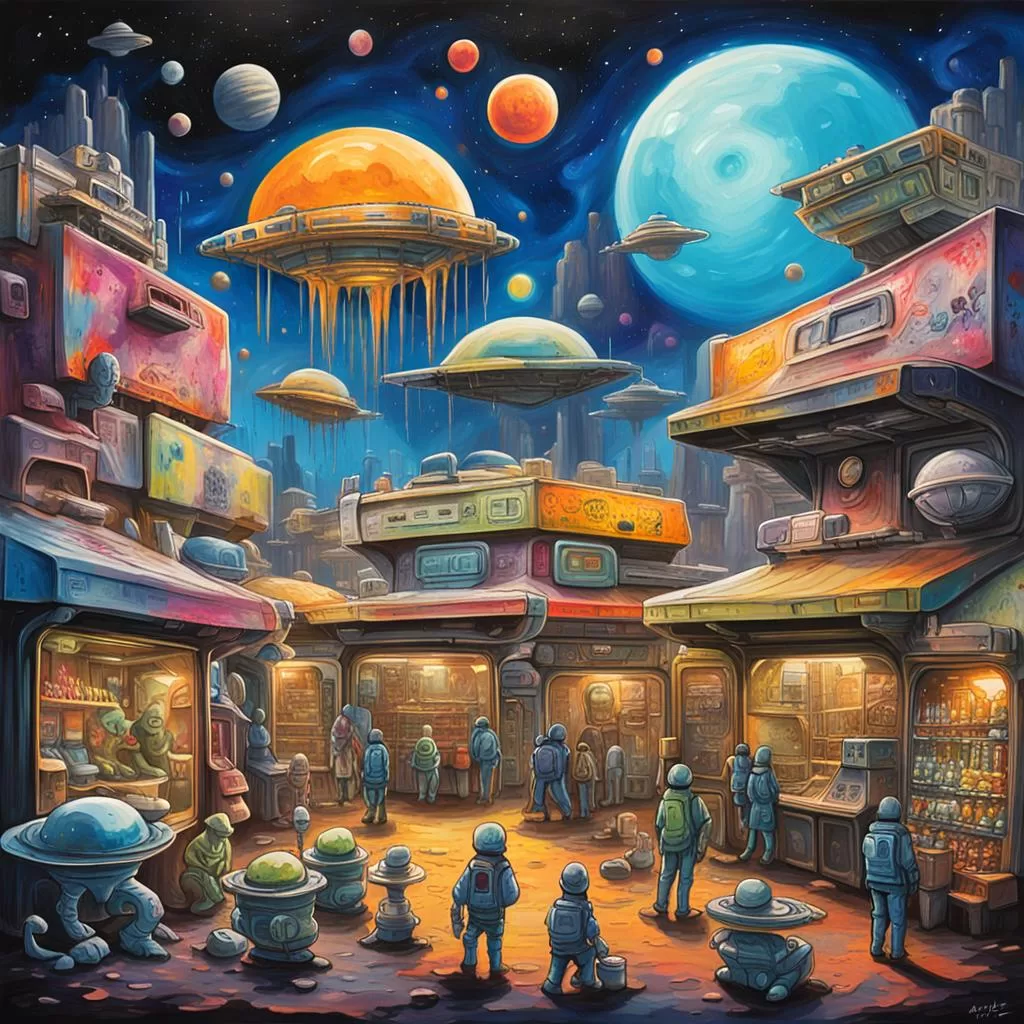People talk about Machine Learning in the tech world as if it’s sorcery.
“The pace of progress in artificial intelligence (I’m not referring to narrow AI) is incredibly fast. Unless you have direct exposure to groups like Deepmind, you have no idea how fast — it is growing at a pace close to exponential. The risk of something seriously dangerous happening is in the five-year timeframe. 10 years at most.” — Elon Musk wrote in a comment on Edge.org
In the 1950s, the fathers of the field, Minsky and McCarthy, described artificial intelligence as any task performed by a machine that would have previously been considered to require human intelligence.
Modern definitions of what it means to create intelligence are more specific. Francois Chollet, an AI researcher at Google and creator of the machine-learning software library Keras, has said intelligence is tied to a system’s ability to adapt and improvise in a new environment, to generalize its knowledge, and apply it to unfamiliar scenarios.
Many helpful and exciting things are happening around machine learning, with even more exciting possibilities on the horizon. But unfortunately, while machine learning, or AI, is a powerful and valuable tool, many talk about it as if it were a mysticism or the impetus for a robot apocalypse.
Articles and documentaries say things like,
“No one knows how artificial intelligence works or what it’s capable of…”
Phrasing like this needs to be more helpful as it is only partially true, and it makes understanding machine learning seem incomprehensible, especially for those not in the programming world.
Data scientists and UI designers can apprehend machine learning’s basic notions, and that wisdom could lead to noteworthy innovation in the future of design.
“Data are becoming the new raw material of business.” ~Craig Mundie
Table of Contents
What is machine learning, and how is it used?
Machine learning examines data to make projections. Artificial intelligence, which is commonly swapped for machine learning (though machine learning is a subset of AI),
It uses information about each user, organized through various methods, such as browser cookies or the user’s activity on the website. Patterns are then found within that data, which is used to make forecasts about the user’s needs and behaviours.
A simple but typical example of a machine learning concept is linear regression. Linear regression models the relationship between two things by analyzing essential data about those variables and fitting an equation to them.
For example, linear regression shows a relationship between the number of items in a user’s cart and the number of reviews they read. When it’s pinpointed that an engaged user is adding a lot of objects to their cart, studies can be shown more prominently than other information to enhance their experience and meet their precise needs.

Types of learning algorithms used to make sense of all the collected data
- Supervised Learning
In Supervised Learning, the machine learning algorithm is trained on labelled data. Although the data needs to be labelled accurately for this method to work, supervised learning is compelling when used in the right circumstances. Supervised machine learning algorithms will continue improving even after being deployed, discovering new patterns and relationships as they train themselves on new data.
- Unsupervised Learning
Unsupervised machine learning holds the advantage of being able to work with unlabeled data. This means that human labour is not required to make the dataset machine-readable, allowing much larger datasets to be worked on by the program. In addition, this offers more post-deployment development than supervised learning algorithms.
- Reinforcement Learning
Reinforcement learning directly takes inspiration from how human beings learn from data in their lives. It features an algorithm that improves upon itself and learns from new situations using a trial-and-error method. Favourable outputs are encouraged, or ‘reinforced’, and non-favourable outputs are discouraged or ‘punished’.
Training algorithms to correspond outcomes and discover patterns is much faster than humans doing the research, which makes a lot of exciting things possible.
Many companies utilize machine learning to personalize the information architecture to make it more helpful for their users.
For example, Google uses AI in Gmail to label emails (social, primary, or promotional) differently based on the user. Machine learning learns from your past emailing habits to know what would be classified as a direct email for you, while that may be different for me based on my past behaviour.
Or, do you ever use Google Photos to find a specific picture you took of a person or thing? That’s machine learning, organizing your photos into helpful categories like person, place, or even objects.
The future of information architecture + machine learning + designers
AI is unquestionably a super valuable tool for designing information architecture. The prospects for tailoring a user’s experience, especially to their needs, are constant and exciting!
Machine learning’s ability to group users based on common behaviours can help designers better understand the different consumers using a product and create more accurate personas.

Millions of website owners use Google Analytics to understand how people come to their websites, how content performs and how to get more conversions. The primary purpose of such analytics tools is to help understand digital users and their interactions.
Identifying personas is essential for enhancing marketing strategy. Since Google Analytics provides detailed reports based on user behaviour data, insights from these reports can be used to create personas.
Different user flows could be created based on these personas, and AI could make the user’s experience on a website based on what works best for that type of user.
Designing a new user flow for each type of user would also be quite time-consuming, so instead, designers could create components, and AI would dictate the user flow by combining elements based on the user’s needs.
Picture reaching on a website and based on what machine learning already knows about you plus your current behaviour on the site, it evolves and presents information specific to your behaviours and needs to help you more efficiently accomplish the task you set out to do.
As designers, we will have the opportunity to get creative with how we utilize this powerful tool in the information architecture we design.
Our ability to use machine learning to its fullest to create the most valuable products will depend on our ability to collaborate.
A unified understanding and approach to machine learning by Designers, data scientists, and programmers to achieve that cohesive, personalized experience will be more of a reality for users.
Learn more from these links here
Image source 1
image source 2
http://www.stat.yale.edu/Courses/1997-98/101/linreg.htm
Read more articles exploring the dynamic interplay between design, user experience, artificial intelligence, and technology here.





Leave a Reply